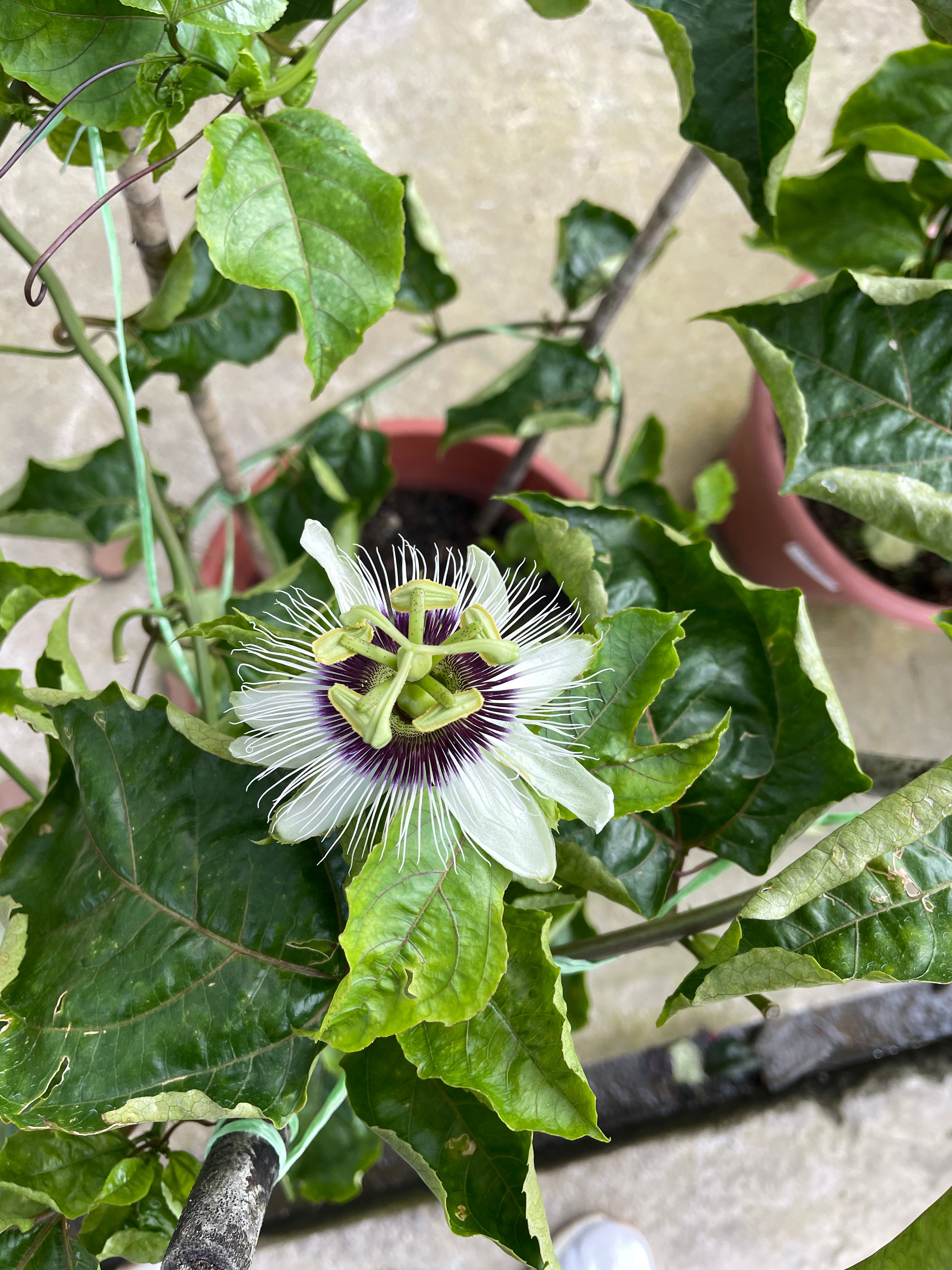Passiflora plants, often known as passionflowers, are captivating vines renowned for their exotic blooms. To ensure your Passiflora thrives and rewards you with its stunning flowers, it’s essential to provide the right care.
Light and Temperature
Passiflora plants are sun-loving creatures, thriving in bright, indirect light. While they can tolerate some shade, optimal growth and flowering occur when they receive at least six hours of sunlight daily.
These tropical beauties prefer warm temperatures, ideally between 65°F and 85°F (18°C and 30°C). Protect them from cold drafts and sudden temperature fluctuations, as these can stress the plant and hinder its growth.
Watering Your Passiflora
Proper watering is crucial for the health of your Passiflora plant. Allow the top inch of soil to dry out between waterings, then water thoroughly until excess water drains from the pot. Avoid overwatering, as this can lead to root rot.

During the growing season, you may need to water more frequently, especially in hot, dry conditions. In winter, reduce watering as the plant enters a period of dormancy.
Fertilizing Your Passiflora
To encourage robust growth and abundant blooms, fertilize your Passiflora plant regularly during the growing season. Use a balanced liquid fertilizer diluted to half strength every two weeks.
Avoid over-fertilizing, as this can damage the roots. During the winter months, reduce or cease fertilization altogether.
Pruning Your Passiflora
Pruning your Passiflora plant is essential to maintain its shape and promote healthy growth. Prune in late winter or early spring, removing any dead, damaged, or crossing branches. You can also trim back leggy vines to encourage bushier growth.
Blooming and Fruiting

Passiflora plants are prized for their exquisite flowers, which can vary in color and size depending on the species. To encourage blooming, ensure your plant receives adequate sunlight, water, and nutrients.
Some Passiflora species produce edible fruits, such as passion fruit. If your plant is fruiting, allow the fruits to ripen fully on the vine before harvesting.
Common Pests and Diseases
Passiflora plants are relatively pest and disease-resistant. However, they can be susceptible to aphids, mealybugs, and spider mites. Monitor your plant regularly for signs of infestation and treat promptly with insecticidal soap or neem oil.
Propagating Your Passiflora
Propagating your Passiflora plant is a rewarding way to increase your collection or share with others. You can propagate Passiflora plants through stem cuttings or air layering.

To take a stem cutting, select a healthy, non-flowering stem and cut it into 6-inch sections. Remove the lower leaves and dip the cut end in rooting hormone. Plant the cutting in a pot filled with well-draining potting mix and keep it moist.
Air layering involves rooting a stem while it is still attached to the parent plant. Make a shallow cut in the stem and wrap it with moist sphagnum moss. Cover the moss with plastic wrap and secure it in place. Once roots have developed, cut the rooted stem from the parent plant and pot it up.
With proper care and attention, your Passiflora plant will thrive and reward you with its stunning beauty. Enjoy the journey of cultivating this exotic vine and bask in the splendor of its blooms.
